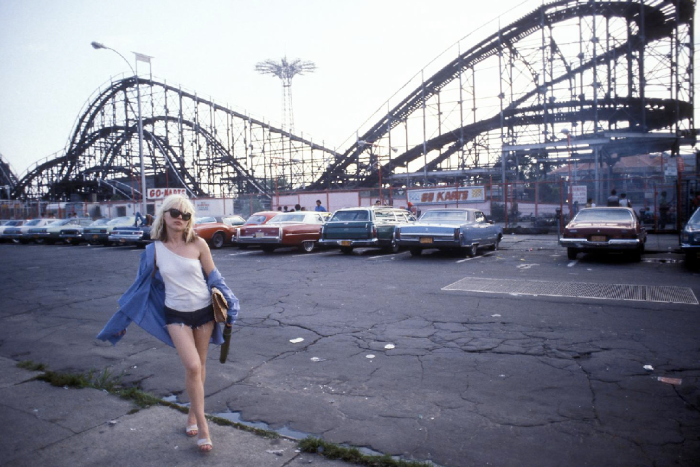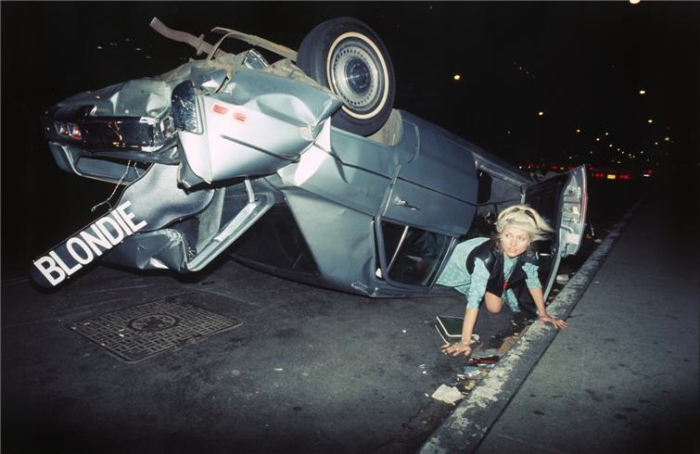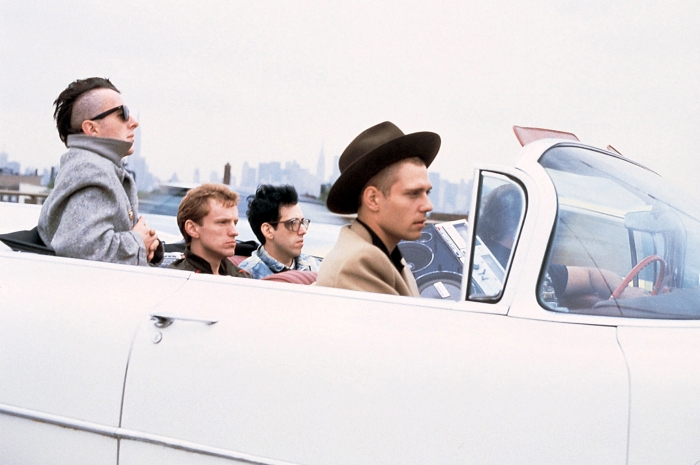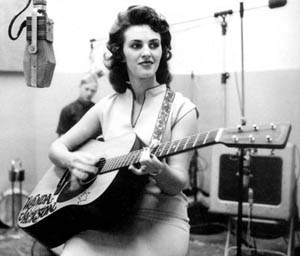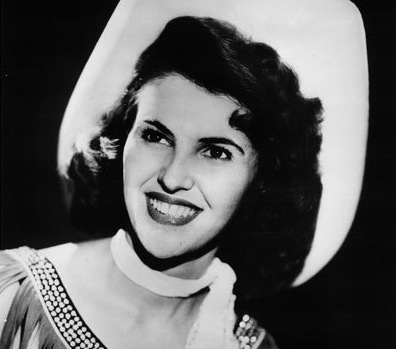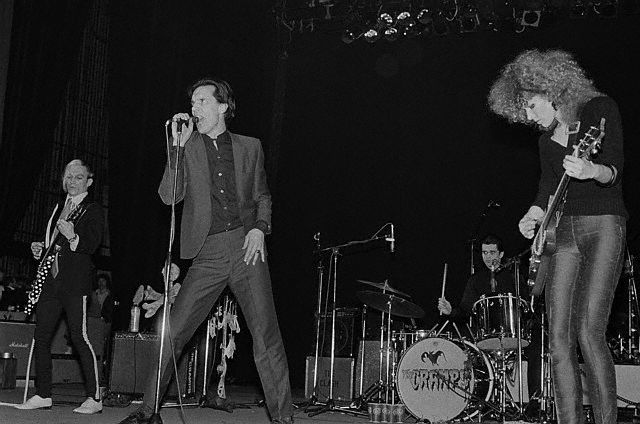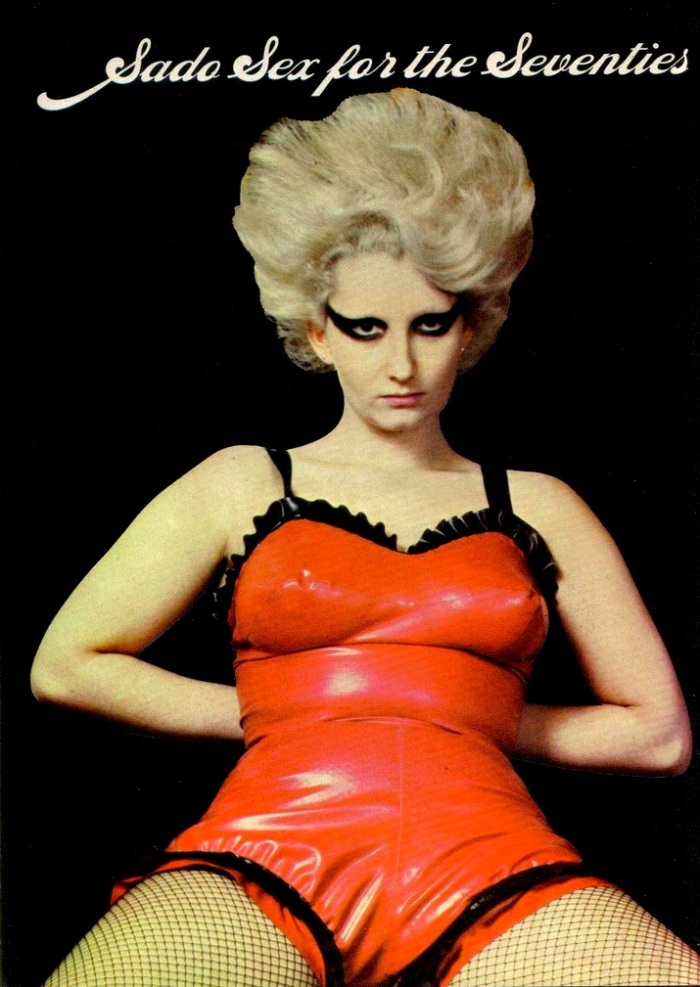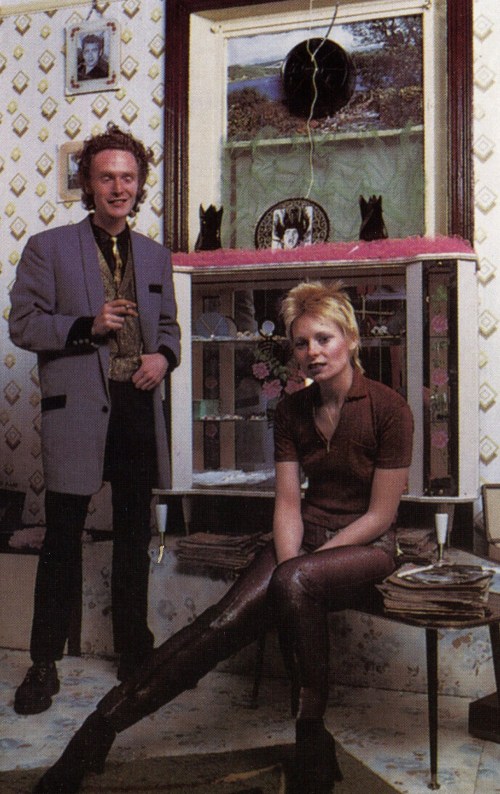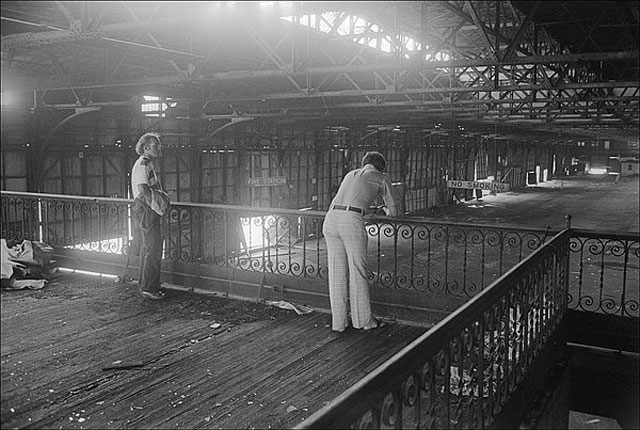–
“Hi, it’s Deb. You know, when I woke up this morning I had a realization about myself. I was always Blondie. People always called me Blondie, ever since I was a little kid. What I realized is that at some point I became Dirty Harry. I couldn’t be Blondie anymore, so I became Dirty Harry.”
–Debbie Harry
–
Debbie Harry of Blondie, Coney Island, NY, 1977 — Image © Bob Gruen
–
–
“It was in the early ’70s and I was trying to get across town at two or three o’clock in the morning. This little car kept coming around and offering me a ride. I kept saying ‘No’ but finally I took the ride because I couldn’t get a cab.”
“I got in the car and the windows were are rolled up, except for a tiny crack. This driver had an incredibly bad smell to him. I looked down and there were no door handles. The inside of the car was stripped. The hairs on the back of my neck just stood up.”
“I wiggled my arm out of the window and pulled the door handle from the outside. I don’t know how I did it, but I got out. He tried to stop me by spinning the car but it sort of helped me fling myself out.”
” Afterwards I saw him on the news– Ted Bundy.”
–Debbie Harry
–
Debbie Harry, NYC, 1976 — Image © Bob Gruen
–
–
1978 — Debbie Harry of Blondie — Image by © Martyn Goddard/Corbis
–
